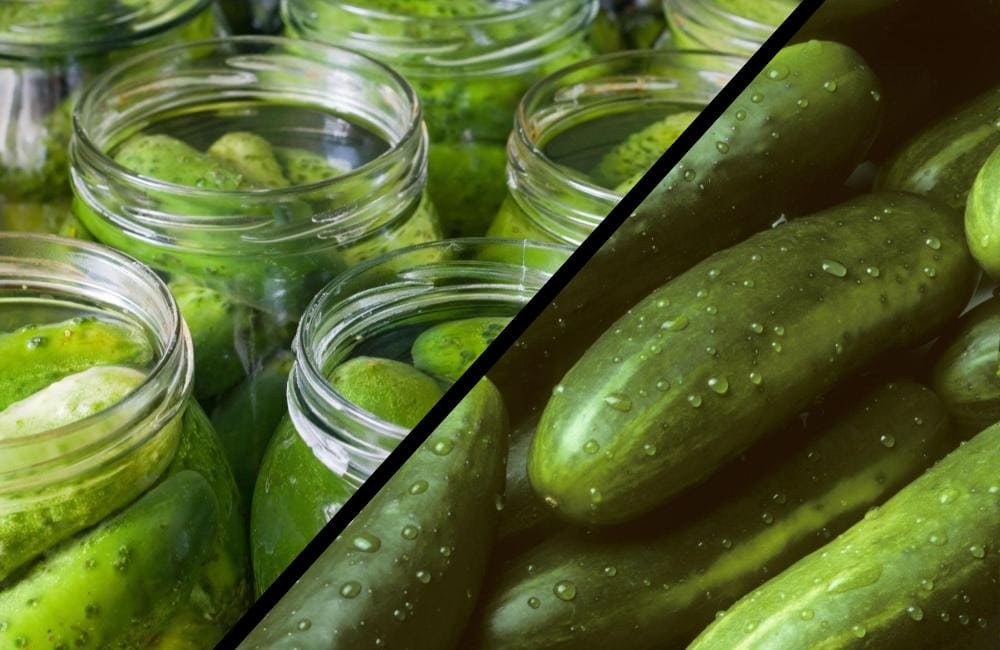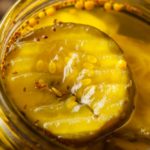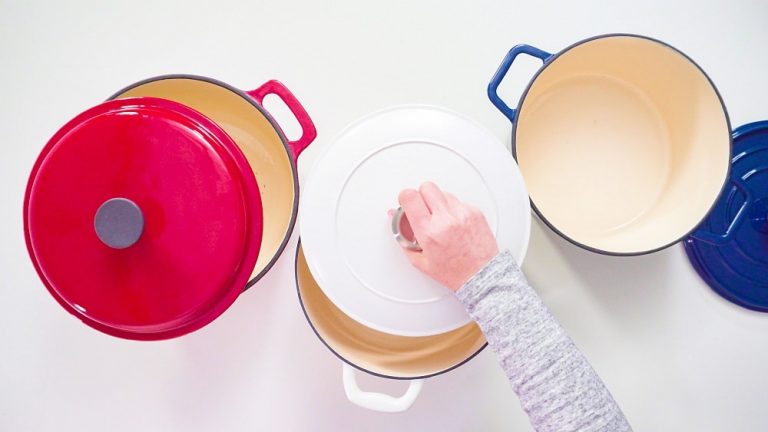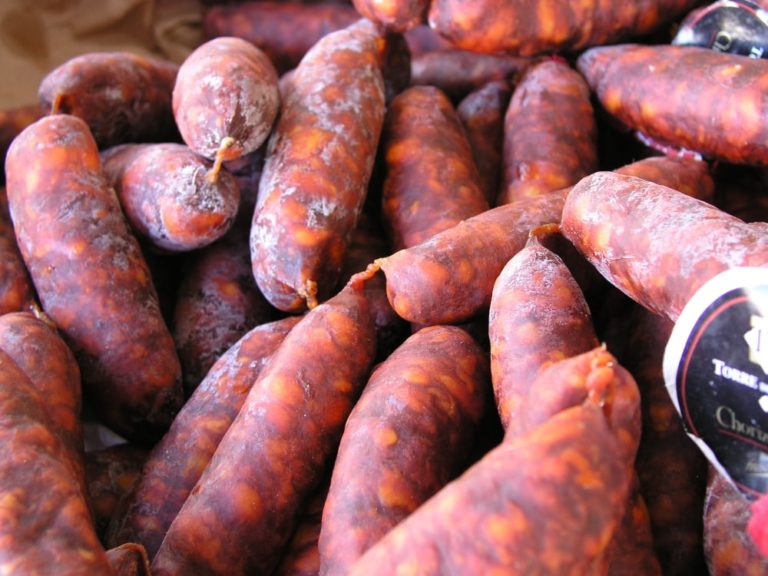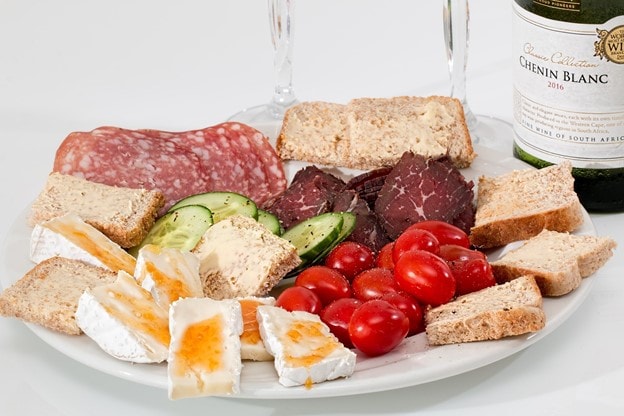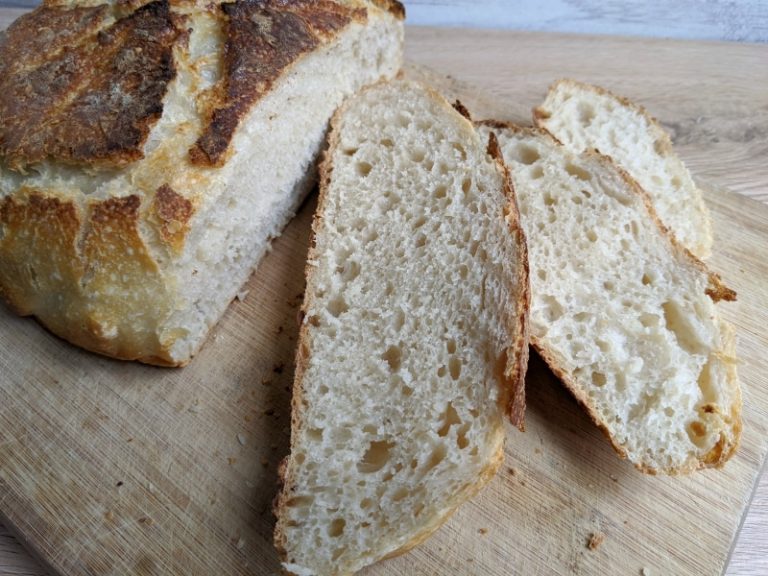Pickle vs Cucumber: A Practical Guide
While it’s widely known that pickles are simply cucumbers soaked in brine over a period of time, the brine creates physical and chemical changes to the cucumber that the resulting pickle is an entirely different food altogether.
The rest of this article will tell you everything you need to know about cucumbers and pickles, including the pickling process and how to incorporate each into various dishes.
What is the Difference Between a Cucumber and a Pickle?
A cucumber is a fresh vegetable while a pickle is a cucumber preserved using a process known as “pickling.”
How Do Cucumbers Become Pickles?

The pickling process, which has been used for food preservation as far back as 2000 BC, ferments food with good bacteria while simultaneously preserving them in brine to keep them from spoiling.
In order to make the best pickles, cucumbers must be pickled within 48 hours of harvesting. This ensures that they are pickled at their peak of freshness. The following are the steps of the pickling process, according to DelightedCooking.com:
- Anaerobic Fermentation – cucumbers are immersed in brine solution, which may include other spices and herbs such as mustard seeds or dill (for added flavor).
- Soaking – once pickles are fully fermented, they are soaked and rinsed in water (to extract salt)
- Storage – pickles are stored in vinegar and sealed in jars. Will last up to a year when stored in a cool, dry place.
Can Any Cucumber be used for Pickles?
Not any cucumbers are used to make pickles. The large ones most commonly seen at the grocery store are considered too large for pickling, and their high moisture content would make the finished product mushy and unappealing.
The best cucumbers used for pickling are hybrids specifically bred for pickling. According to OldWorldGardenFarms.com, there are three kinds of cucumbers that are considered the best ones for pickling:
- Boston Pickling Cucumber – seedless, flavorful, crisp, and fast-growing. Measures between 3 – 4 inches in length when ripe. Developed in 1800s in Boston, Massachusetts
- National Pickling Cucumber – prolific and crunchy with thick green skin,
- The Bush Pickle – grows on bushes instead of vines, has sweet flavor
When Should I Use Cucumbers?
Cucumbers instead of pickles are best used in:
- Smoothies/juice – often paired with lime or watermelon, can be a refreshing summer drink
- Sorbet/fruit popsicles – the cucumber’s subtle flavor makes a great addition to frozen treats
- Gazpacho – served cold, cucumbers are an important ingredient in this summer soup
- Cucumber salad – the importance of the ingredient is right in the name
- Stir fry – cucumbers taste great with soy sauce, ginger, and/or peanut sauce
- Salsa
When Should I Use a Pickle?
Pickles are the better choice in the following:
- Dill pickle pasta salad – as the recipe name suggests, it’s a pivotal ingredient
- Pulled pork/BBQ sandwiches – pickles are traditionally found in BBQ recipes
- Hot dog relish – basically chopped or pureed pickles until it resembles a sauce
- With bratwurst or burgers
Quick Pickles Recipe
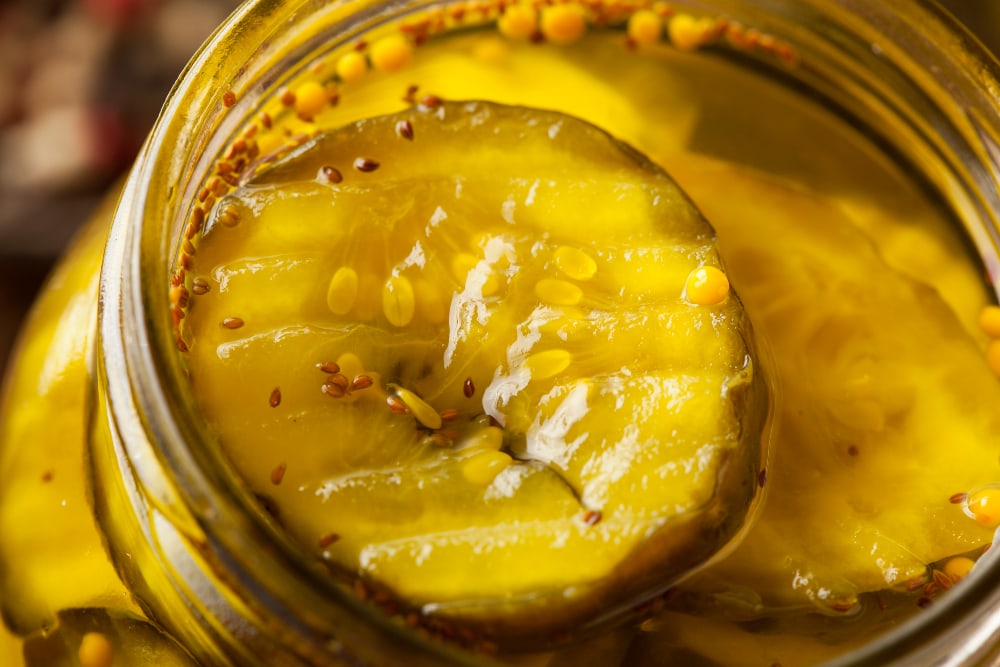
While a true pickling process is quite lengthy, it is possible to make your own ‘quick pickles’ at home. While this recipe is ‘quick’ as far as pickling goes, for best results you’ll want to leave your prepared pickles for about an hour before you use them to allow the flavors to develop and the pickling process to begin.
Quick Pickles
Ingredients
- Thinly sliced cucumber (you can try this process with other vegetables too) – enough to nearly fill the pickling jar you are using.
- 1 cup white vinegar
- 1 cup water
- 1 Tablespoon sugar
- 2 teaspoons sea salt flakes or kosher salt (it’s best not to use table salt)
- 1 teaspoon yellow mustard seeds
- 1 teaspoon coriander seeds
- 1 teaspoon black peppercorns
- 2 cloves
- 1 dry bay leaf
- 2 sprigs fresh dill
Instructions
- Add the vinegar, water, sugar and salt to a saucepan and bring the liquid to a boil, stirring occasionally to dissolve sugar and salt.
- Simmer for a minute or two and, once salt and sugar are fully dissolved, remove from heat and allow liquid to cool slightly while preparing the rest of the ingredients.
- Place sliced cucumber into a large jar and add remaining ingredients to the jar.
- Pour the liquid into the jar, fully submerging the cucumber and seeds and herbs.
- Put the lid on the jar and place in the fridge to fully cool before serving – at least an hour.
These are great to add to your own homemade burgers and sandwiches.
So, when is a cucumber not a pickle? When it hasn’t been pickled yet!
If you’re ever in a pickle (!) and can’t remember which is which, just remember: a true ‘pickle’ as we know them, is always a cucumber (not to be confused with other pickled vegetables), but a cucumber is not always a pickle! (Although it could become one if you pickled it!).
Oh, and if you want to learn all about the health benefits of eating pickles, you can read all about it here!

